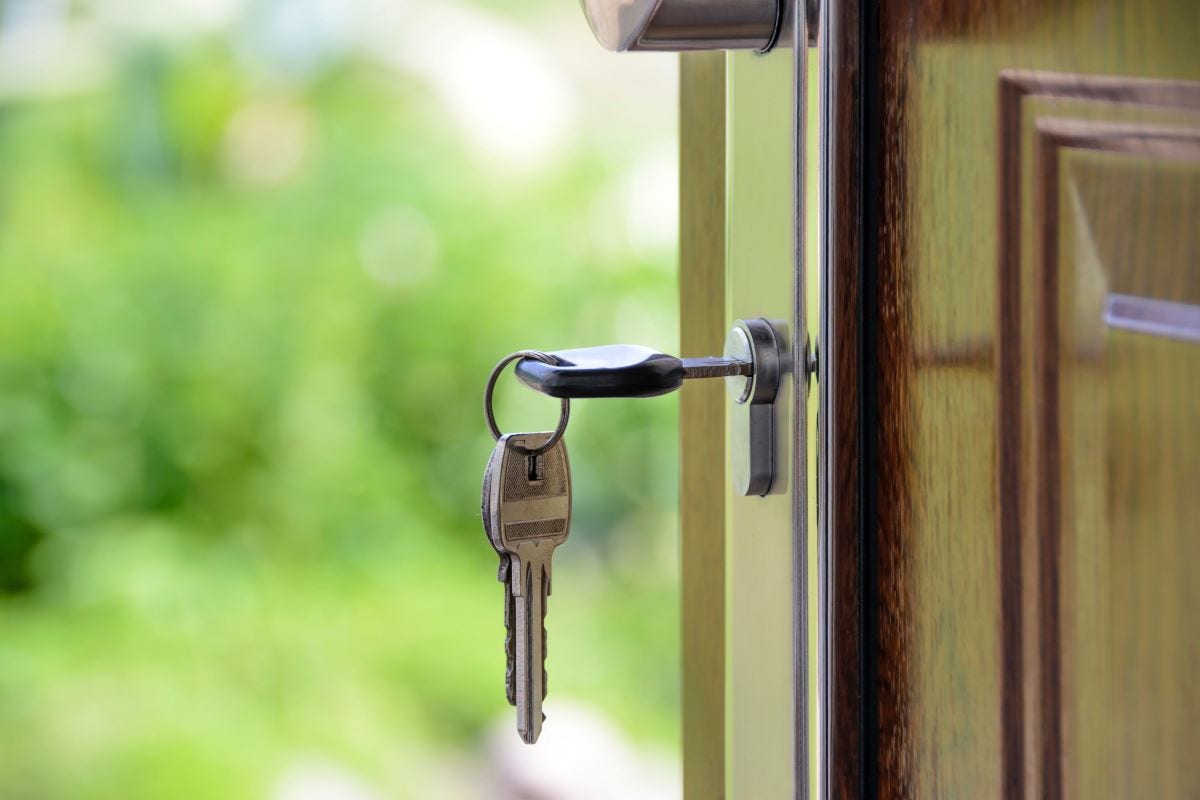
A popular accommodation option for students in Australia is sharing a house or apartment with others. This can reduce your living costs and it’s a great way to meet new people, but it's still important to be aware of your rights as a tenant.
In this blog post, we'll explain exactly what a share house is and how to make sure you are protected by Australian tenancy laws.
What is a share house?
A share house, also known as a ‘flat share’ or a ‘house share’, is when two or more people rent a house or apartment together. Typically, each person will have their own private bedroom while sharing common areas such as the kitchen, living room and bathroom.
The number of people sharing a house will depend on the size of the property and what has been agreed with your landlord (the property owner).
You and your house mates (the people you live with) will divide the costs and responsibilities of the home.
Get some tips on finding a share house here.
Joining a share house
Co-renting
Co-renting is when you and two or more people sign a lease either directly with the landlord or with an agent. This means that responsibility for the tenancy is shared by you and your house mates.
Make sure you know your rights before signing any lease agreement.
Sub-letting
When you join an existing share house, one of the existing tenants can arrange this. This is called “sub-letting”. This is legal in Australia, but only if the landlord has given their permission. Without that permission, the sub-lease is not valid, and you aren’t protected by tenancy laws.
Things to be aware of:
- A landlord or agent can’t charge a fee for agreeing to a sub-lease.
- The agreement between the head-tenant and sub-tenant needs be in writing so that you are protected by Australian laws. You can download sub-letting agreements on the website of your state or territory tenancy authority.
- The head-tenant has the same responsibilities as a landlord. This means that they need to give you the agreement, an entry condition report and ensure that your bond is lodged with the correct authority.
- The landlord can’t reject you as a sub-letter without a reasonable reason (such as there being too many tenants in the home).
The bond (security deposit)
If the landlord gives permission for the sub-let and the head-tenant takes a bond from you, it’s the head-tenant’s responsibility to lodge it with the relevant state body and provide you with a receipt. However, most of the time you can lodge it yourself online.
Make sure that the head-tenant doesn’t hold your money themselves. You will have no legal protection when you leave the home if they refuse to refund it to you.
Understand your rights and responsibilities
Here are some things to be aware of when looking for a share house:
- Always visit the house in person as photos are not always accurate.
- Do not transfer money before signing a lease or viewing the property.
Read the lease agreement carefully and make sure that it includes all necessary details such as:
- How much rent you’ll be paying and into which account you will pay.
- The duration of the lease.
- How the utility bills are paid.
- Who is in charge of home maintenance.
- What to do if you want to leave the home before the end of the agreement. For example, how much notice you need to give and whether you need to keep paying the rent until a new tenant is found.
- What happens if the head-tenant wants you to move out.
Find out more about your rights as a tenant.
Document everything
Keep a record of all communications regarding the home, including:
- emails
- text messages
- agreements with your landlord or house mates.
These records can be very helpful if there are any disagreements in the future. It’s also a good idea to take pictures when you move in to have evidence in case of any disagreements over the security deposit.
Leaving a share house
A lease doesn’t end until all tenants leave the property and return the keys. If you move out of a share house before the end of the agreement, check it to see how much notice you need to give and whether you need to find a new tenant.
If the head-tenant wants you to leave the home, then they must also give you the amount of notice that is written in the agreement.
Make sure that you take your name off the agreement so that you’re not responsible for the home anymore. The procedures for leaving a share house are slightly different depending on what state or territory you are in. But you will most likely need to fill out a form which you’ll be able to download from your state or territory rental rights body (listed below).
Tenancy support
If you find yourself in a situation where your rights as a tenant are being violated, don't hesitate to get help. Contact the rental rights body in your state or territory:
- New South Wales: NSW Fair Trading and Tenants Advice & Advocacy Services NSW
- Queensland: Tenants Queensland and Residential Tenancies Authority
- Victoria: Consumer Affairs Victoria
- ACT: Access Canberra
- Western Australia: WA Department of Commerce and Tenancy WA
- Northern Territory: Tenants’ Advice Service and Consumer Affairs Northern Territory
- South Australia: Consumer and Business Services (CBS) and Tenants Information and Advisory Service
- Tasmania: The Tenants‘ Union of Tasmania and Consumer Affairs


